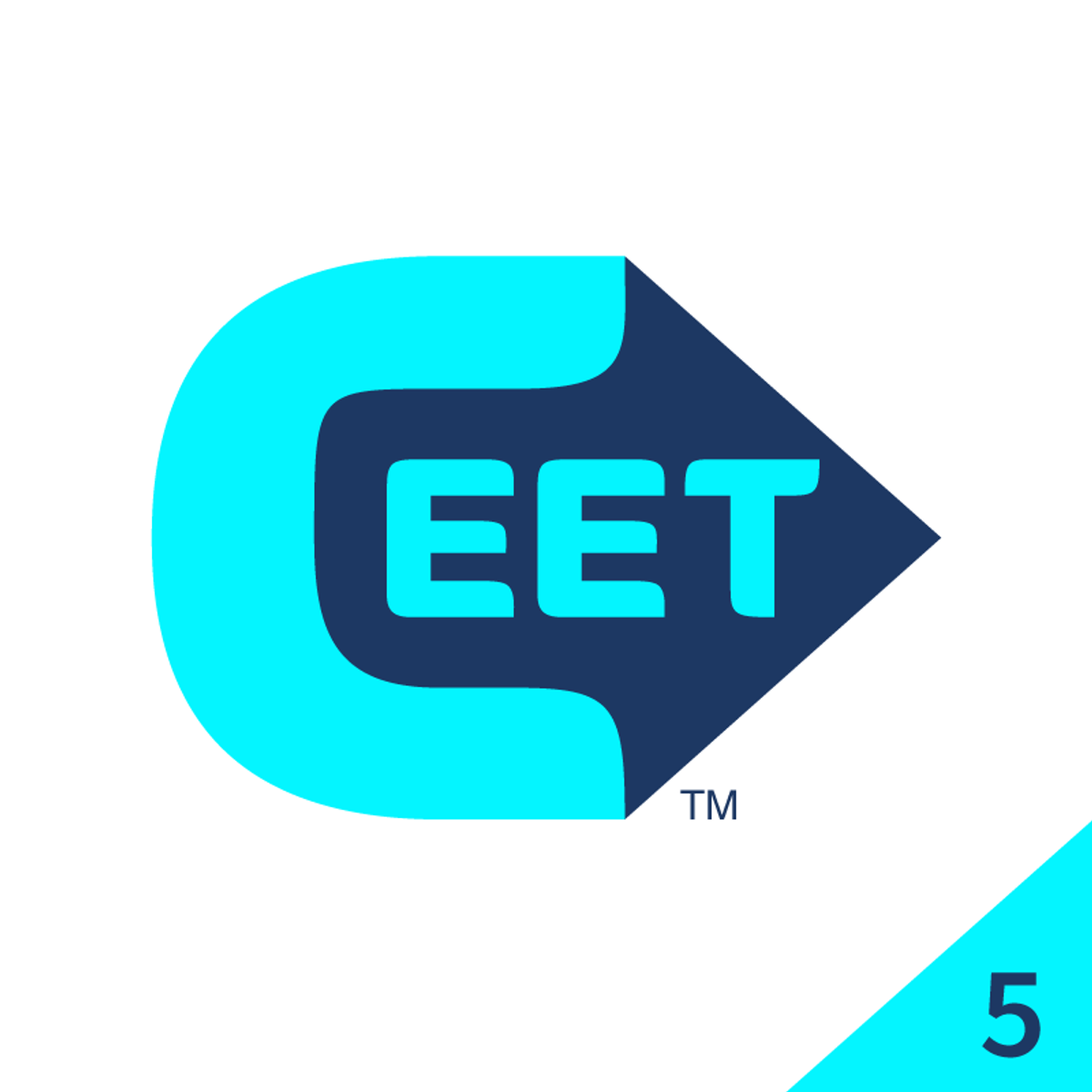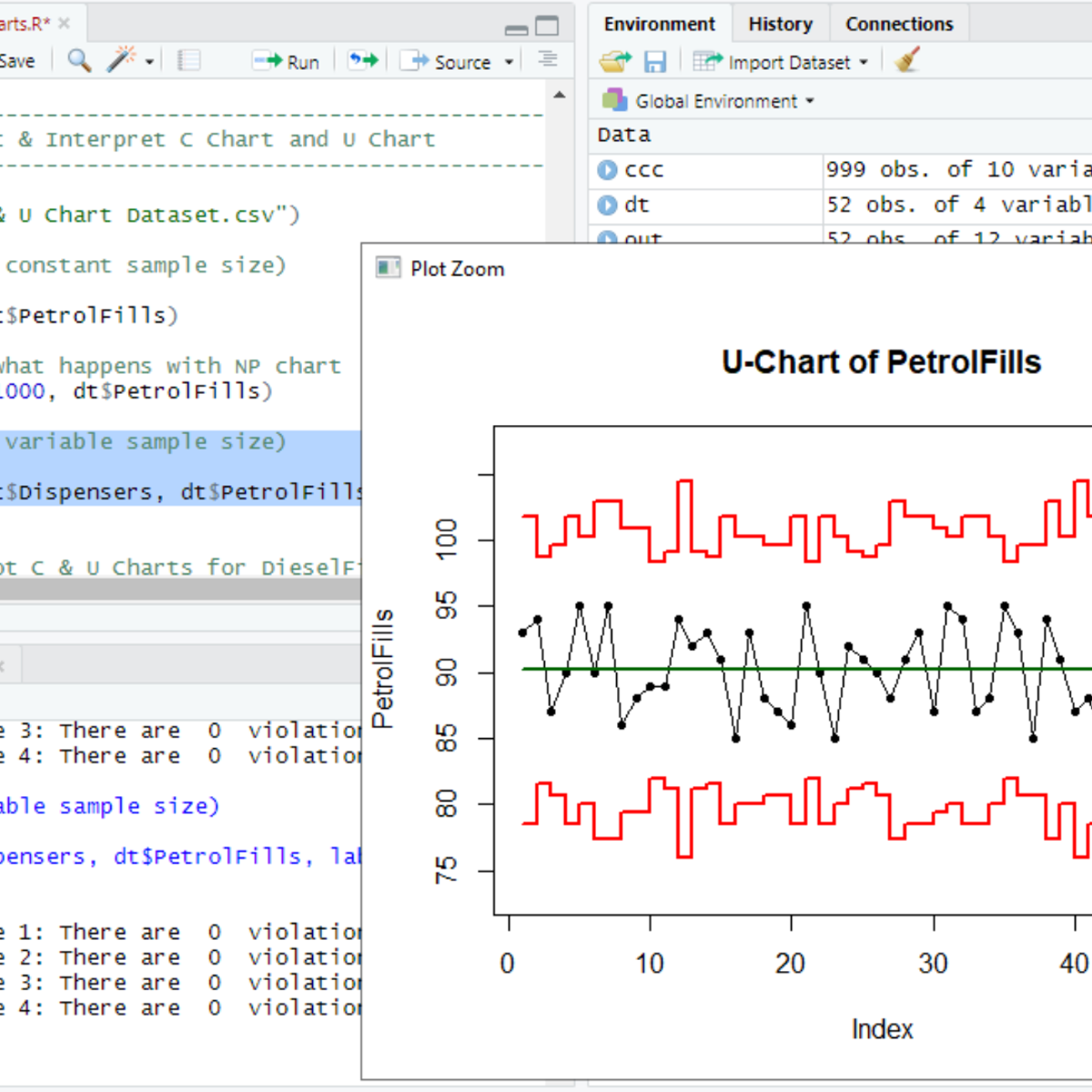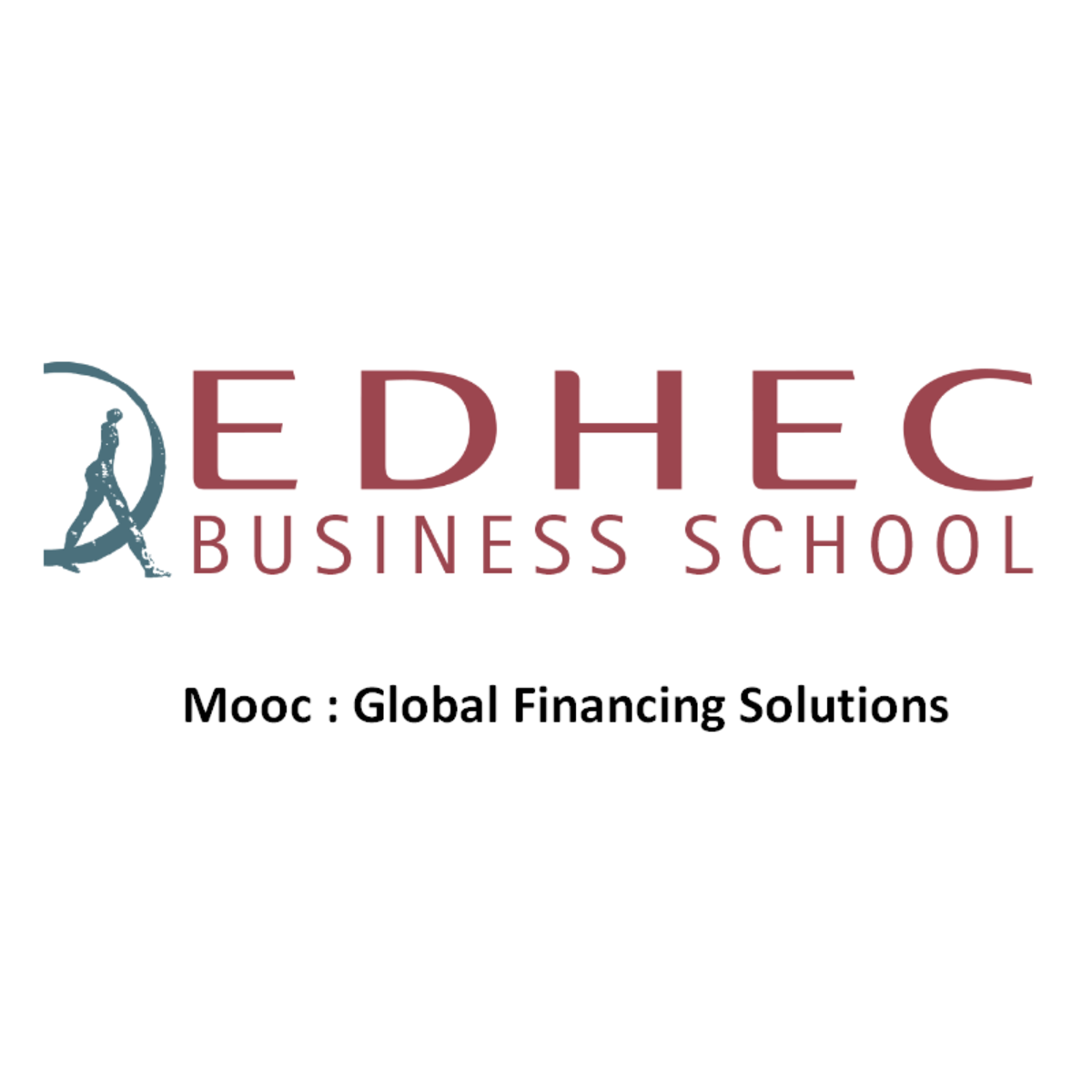Back to Courses









Business Courses - Page 68
Showing results 671-680 of 2058

Business Statistics and Analysis Capstone
The Business Statistics and Analysis Capstone is an opportunity to apply various skills developed across the four courses in the specialization to a real life data. The Capstone, in collaboration with an industry partner uses publicly available ‘Housing Data’ to pose various questions typically a client would pose to a data analyst.
Your job is to do the relevant statistical analysis and report your findings in response to the questions in a way that anyone can understand.
Please remember that this is a Capstone, and has a degree of difficulty/ambiguity higher than the previous four courses. The aim being to mimic a real life application as close as possible.

Doing Business in China Capstone
Doing Business in China Capstone enables you to apply your skills to real business challenges. You’ll use your newly earned business skills to identify, explore and evaluate a real opportunity involving products.
In this capstone, you are the business consultant working for a well-established “HON / wellness” company. The CEO has given you a task. You have to bring a new overseas product into China.
Create and Lead an Ethical Data-Driven Organization
Creating and leading an ethical data-driven organization, when done successfully, is a cultural transformation for an organization. Navigating a cultural shift requires leadership buy in, resourcing, training, and support through creation of boards, policies, and governance. Beyond leadership and organization, it is imperative to engage employees through forums and incentive programs for continual involvement. A strong understanding of ethical organizational policies provides the foundation for consistent monitoring to maintain an ethical culture.
In this fifth course of the CertNexus Certified Ethical Emerging Technologist (CEET) professional certificate, learners will develop strategies to lead an applied ethics initiative, champion its crucial importance, and promote an ethical organizational culture. Learners will learn how to develop and implement ethical organizational policies and a code of ethics. They will also be prepared to evaluate the effectiveness of policies with internal and external stakeholders.
This course is the fifth of five courses within the Certified Ethical Emerging Technologist (CEET) professional certificate. The preceding courses are titled Promote the Ethical Use of Data-Driven Technologies, Turn Ethical Frameworks into Actionable Steps, Detect and Mitigate Ethical Risks, and Communicate Effectively about Ethical Challenges in Data-Driven Technologies.

Grow to Greatness: Smart Growth for Private Businesses, Part II
This course, developed at the Darden School of Business at the University of Virginia and taught by top-ranked faculty, focuses on the common human resource ("people") challenges faced by existing private businesses when they attempt to grow substantially. PART 1 OF THE GROW TO GREATNESS COURSE IS NOT A PREREQUISITE FOR TAKING THIS COURSE.
Auditing I: Conceptual Foundations of Auditing
This course provides an intensive conceptual and applied introduction to auditing in society. It focuses on concepts and applications related to financial-statement auditors’ professional responsibilities as well as major facets of the audit process including risk assessment and audit reporting. In the U.S. financial-statement audits and related services generally are provided by Certified Public Accountants (CPAs). To succeed in this course, you should anticipate engaging in critical thinking and thoughtful communication about audit professionals' decision environments, decision processes, and deliverables. Additionally, you should understand the macro-level learning objectives in each of the course's weekly modules.

How to Use the TOWS Matrix to Analyze and Set Strategy
By the end of this guided project, you will be able to use the TOWS matrix to analyze and determine your optimum strategy. The TOWS Matrix is an acronym for Threats, Opportunities, Weaknesses, and Strengths. The elements of the SWOT Analysis provide the basics for the TOWS Matrix. But TOWS rearranges the information, and provides a framework to identify possible strategic options to pursue. TOWS analysis matches internal to external factors to help identify relevant strategic options. By combining the external environment’s opportunities and threats with the internal organization’s strengths and weaknesses, you can come up with four basic strategies. And the strategies are centered on exploiting opportunities, minimizing threats, overcoming weaknesses and capitalizing on strengths
For us to practically demonstrate how the model works, we will use a spreadsheet to analyze an energy services company. Examples from the case study would empower you to use the model to analyze your company or any other company of your choice. The TOWS Matrix is a decision-making process for developing strategic alternatives. Both startups and large enterprises can use TOWS analysis approach as a primary strategic planning tool. At the end of the project, you will be able to use the matrix to brainstorm possible strategic options, determine your strategic roadmap, and identify your competitive advantage
Lesson | Get Ready for the Interview
This lesson is part of a full course, Speak English Professionally: In Person, Online & On the Phone. Take this lesson to get a short tutorial on the learning objectives covered. To dive deeper into this topic, take the full course.
By the end of this lesson, you will be able to:
- Practice and prepare yourself for an interview
- Examine appropriate body language for interviews

RStudio for Six Sigma - Control Charts
Welcome to RStudio for Six Sigma - Control Charts. This is a project-based course which should take under 2 hours to finish. Before diving into the project, please take a look at the course objectives and structure.
By the end of this project, you will learn to identify data types (Variables, Attribute Type I & II), understand the overview of Statistical Process Control, pick the right Control Chart based on the data type and other criteria, plot and interpret control charts. This Guided Project covers IMR Charts (XMR), Xbar-R Charts, Xbar-S Charts, NP Chart, P Chart, C Chart and U Chart. You will also learn about Western Electric Rules and Nelson's rules used to interpret the stability of the process.

Global Financing Solutions (by EDHEC and Société Générale)
The MOOC Global Financing Solutions is your online gateway to better understanding of the dynamics of Finance, and its role at the very heart of promoting the “real economy” and global growth. Concretely, you will learn how companies finance themselves using banks and capital markets and how Environmental, Social and Corporate Governance criteria are now deeply integrated in all financing processes.
We will look at the role of syndication, and how it links issuers looking to raise capital to grow their businesses with investors looking to manage their assets and possibly liabilities. The role of banks in wider society will also be explored, from helping airlines to lease aircraft to transport people, to financing roads and bridges that help promote transport and trade, to funding renewable sources energy such as wind or solar farms, right through to explaining the role of export finance, and the pivotal role exporting countries governments’ play, in promoting the movement of goods worldwide.
We will showcase the lifecycle of commodities, from exploration, to processing and refining, to how banks facilitate the global trade of products ranging from oil and gas, to agriculture products, to everyday items such as fruits or beans. We will also look at the exciting world of acquisition finance and leverage buy-outs, enabling strategic moves for industry players, as well as securitization, the repackaging of debt, and hedging, especially important as a mean to protect corporate companies against rate or price fluctuations.
Having a positive impact on society and the planet is clearly key for financial institutions. Throughout the whole course, we will illustrate with real cases the recent evolutions finance has gone through to incorporate ESG matters into its business decision making.
The collaboration between Societe Generale and EDHEC Business School builds on a long-standing partnership based on one common objective: to provide future talents with access to information and expertise that enables them to grow.
Through this MOOC, we are taking an innovative approach to learning by providing you with the theoretical basics of finance, thanks to the expertise of EDHEC as one of the world’s foremost business schools in Finance, and combining it with practical insights of business experts from Societe Generale, widely regarded as a global leader in Structured Finance, to show how the theory is put into practice.

Digital Business Models
Digital business models are disrupting 50-year old companies in telecommunications, transportation, advertising, e-commerce, automotive, insurance and many other industries. This course will explore the business models of software disruptors of the west such as Apple, Google, Facebook and Amazon, and the east such as Xiaomi and weChat. The class uses a structured framework for analysing business models with numerous examples so that students can apply it to their own business or case study.
We will explore how software developers are not just the innovators but also the decision makers in modern competitive battles from mobile to cloud, and from consumer goods to enterprise software. And we will also explain how developers are the engine of digital business models, using examples from diverse industries – from healthcare to aviation.
Popular Internships and Jobs by Categories
Browse
© 2024 BoostGrad | All rights reserved


